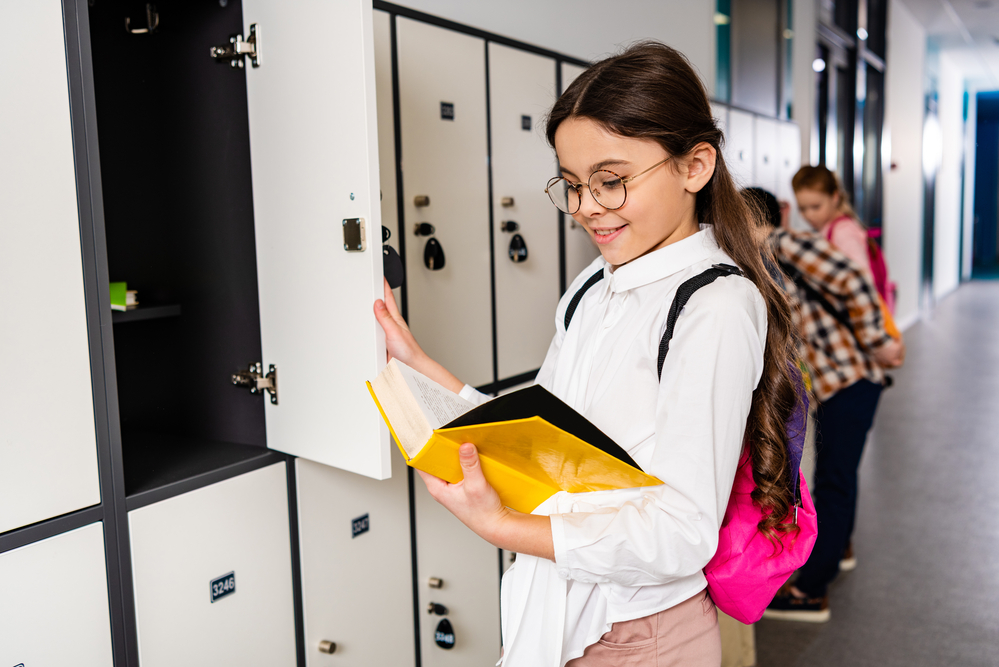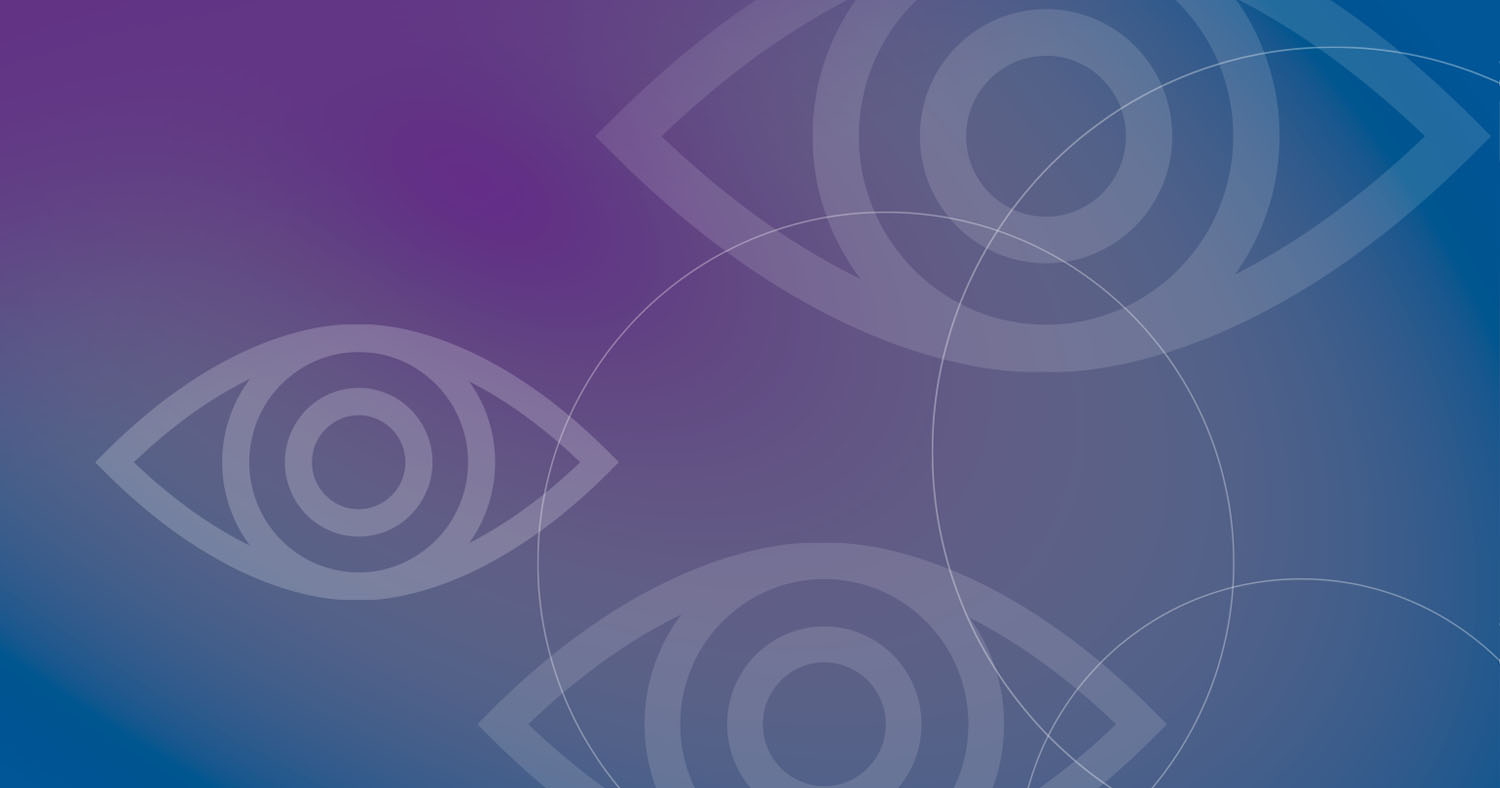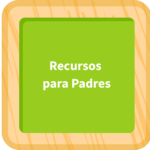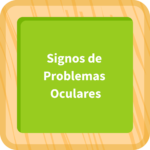Parent Story:

“She got an award. . . . because she is one of the
highest ranking children in her class in reading.
So I said wow.
And she said,
‘Yeal mom, I put on the glasses and I am reading!”1
Main Message:
This parent’s story shows what can happen in the classroom when a child received a vision screening, did not pass the vision screening, the parent/guardian received a referral from the vision screening for an eye examination by an eye doctor, the eye doctor examined the child’s vision and eyes, and prescribed treatment. In this story, the child received, and wore, prescription eyeglasses.
This process helped a child succeed in reading in the classroom.
Why a Vision Screening for Your Child Matters
All children need a regular vision screening throughout childhood. If your child does not pass the vision screening, receiving a referral for an eye examination by an eye doctor, attending the eye examination, and following the eye doctor’s suggestions become important because undetected, undiagnosed, and uncorrected vision problems have been associated with poor school performance.
Several research studies show children with learning problems may also have vision problems. A vision screening can help find children who would benefit from further evaluation from an eye doctor to see if blurred vision is affecting classroom learning.
Let’s look at a personal story and recent studies showing an association between untreated vision problems and learning:
- An Indiana Lions Club member shared a story about a child in the 5th grade who was making grades of Cs and Ds and was consistently disruptive in the classroom.
- After vision screening, an eye examination by an eye doctor, and prescription eyeglasses, this child’s disruptive behaviors started to stop almost immediately.
- Three months later, this child’s grades improved to Bs and were moving to As.
- This child’s aunt told the Lions Club member, “You saved my nephew”.
- A study2 looking at children ages 3, 4, and 5 years from low-income families found that after not passing vision screening, having an eye examination by an eye doctor, and receiving treatment (prescription eyeglasses), children:
- Improved their academic progress,
- Had more confidence,
- Had better classroom behavior,
- Paid more attention during lessons, and
- Improved their interaction in classroom activities.
- A study3 of 317 second and third graders in 12 high-poverty schools in Baltimore City, Maryland, found that children with uncorrected hyperopia (farsightedness) did not perform as well on reading tests compared with children without
- A study4 with more than 2,000 children ages 4 and 5 years in the city of Bradford, United Kingdom, found poor visual acuity (clearness of vision) when they entered school was associated with poor literacy (e.g., difficulty naming letters).
- A study5 of 492 preschool and kindergarten children ages 4 and 5 years found that children with hyperopia (farsightedness) scored worse on an early literacy test than children with normal vision (e.g., print knowledge and identifying letters and written words).
Helping your child have the best vision possible now can help with school in later years. For example, one study6 showed that some school-aged children with vision problems may read slower than other children.
Children who have difficulty with reading during early elementary years are at risk for difficulty with academic success in later school years.
Comment about vision and learning:
“I always thought I was just sitting too far from the blackboard to read the words and numbers the teachers were writing. It wasn’t until my 8th grade year (having repeated 6th grade) that I was vision tested. Geez, what a difference when I went back to school as a freshman in high school. I could read everything, and my learning was so much easier.”
July 28, 2017, comment on “Vision problems can harm kids’ development grades” website. https://medicalxpress.com/news/2017-07-vision-problems-kids-grades.html
- One study7 showed that children’s ability to read in first grade predicted how well they would do in 11th grade reading, such as understanding what they read, the amount of words in their vocabulary, and their overall general knowledge.
- Another study8 found that the chances a child who was a poor reader at the end of first grade would remain a poor reader at the end of fourth grade was 88%.
These studies7,8 about long-term results of early reading challenges may not be related to poor vision. Prescription eyeglasses may not resolve these early reading challenges. However, a vision screening and an eye examination by an eye doctor if a child does not pass vision screening will help to find out if vision problems are related to reading challenges.
More Comments from Parents, Students, and Teachers
Now let’s look at a few more comments1 from parents, teachers, and students about the benefits of vision screening, referrals for eye examinations with eye doctors when children did not pass vision screening, and treatment.
Comments from parents1:
“My son before he had the glasses, he would complain each time when they would start reading or write(ing). He would say that his head hurt. He didn’t want to.”
“And the teacher told me that now I don’t have to try to keep Monica’s focus, ‘Do you understand? Do you understand?’ Now she sees and tries and I don’t have to be after her like before that she had to look hard to try to see what it was.”
Comments from students1:
“I saw blurry. My teacher said that I had to move from my friends because I couldn’t see.”
“But when I didn’t have glasses, I had bad grades and my mom and dad weren’t happy.”
“(With glasses) I would not get distracted as much and I would pay attention and get good grades too.”
“. . . when I didn’t have my glasses, I couldn’t pay attention to the board, or didn’t know what to do.”
“I could do my homework faster. I could do it.”
Comments from teachers1:
“Well, I notice that they constantly have to get up and get closer to the board if they can’t see well and . . they lose focus because they can’t see.”
“. . . these are the kids that . . . when they had to work independently they were distracting other kids. . . . But when they got the glasses that kind of just changed. It went away.
“I noticed with one or two of the students that got their glasses, the accuracy rate (on their math work) went up. Probably because they could see the numbers better in the books.”
“The fluency rate has increase(d) for those students. They can see the words so they are more apt to practice reading because it’s not such a task for them.”
“I think enthusiasm for learning just, I know one girl in particular that was struggling and she was so much more enthusiastic after she got the glasses and reading more.”
Summary
If you think your child is struggling to learn, request a vision screening from the health person or school nurse at the program or school your child attends. If you receive a referral for an eye examination because your child did not pass the vision screening, schedule an eye examination appointment with an eye doctor trained and experienced in treating young children. Depending on your insurance plan, your child’s primary health care provider may need to make the referral. The eye doctor can confirm the vision screening results and prescribe treatment if blurred vision is affecting your child’s learning.
Comment from a teacher:
“They (children) get lost – don’t know what’s going on. But it’s not that they don’t want to participate, they just can’t see that well.” 1
To-Do List . . .
If your child is struggling with learning letters and words, or having other problems in the classroom, request a vision screening from the health person in the program your child attends. Or, request a vision screening from your child’s primary health care provider.
If your child does not pass vision screening and receives a referral for an eye examination, schedule an eye examination with an eye doctor, take your child to the eye doctor’s office for the eye examination, and follow the eye doctor’s suggestions.
If you receive a referral from a vision screening at your child’s Head Start program, school nurse, or other community vision screening, you may need a referral for an eye examination from your child’s primary health care provider, depending on your child’s insurance plan.
If your child passes the vision screening and you still have concerns, talk to your child’s primary health care provider about your concerns. Your child’s primary health care provider might make a referral for an eye examination by an eye doctor.
If you need help making an eye examination appointment, visit this link: https://preventblindness.org/getting-professional-eye-care/#1588222291068-6d909355-9b67 This link is for adults, but many of the suggestions also apply to your child.
Visit Your Child’s Sight – Taking Your Child to the Eye Doctor on the Prevent Blindness website.
If your child’s eye doctor recommends prescription glasses, buy the prescription glasses, and make sure your child wears the eyeglasses.
If this is the first eye examination for your child, check out these two videos that show what will happen during your child’s eye exam:
- What to Expect at the Pediatric Ophthalmologist. Video from the American Association for Pediatric Ophthalmology and Strabismus (AAPOS) – https://www.youtube.com/watch?v=v7UCn6npC20&feature=youtu.be
- Your Child’s Eye Exam – Dr. Tracey Strombeck. Video from Prevent Blindness Wisconsin – https://www.youtube.com/watch?v=ebzOAI9mjug
If dollars are tight and your budget does not have extra money for follow-up care with an eye doctor, financial resources are available to help you cover the cost of an eye exam and eyeglasses. Visit this Prevent Blindness link: Vision Care Financial Assistance Information.
References:
1Dudovitz, R. N., Izadpanah, N., Chung, P. J., & Slusser, W. (2016). Parent, teacher, and student perspectives on how corrective lenses improve child wellbeing and school function. Maternal and Child Health Journal, 20(5), 974–983. https://www.ncbi.nlm.nih.gov/pmc/articles/PMC4826825/pdf/nihms743856.pdf
2Peterseim, M. M., Papa, C. E., Parades, C., Davidson, J., Sturges, A., Oslin, C., Merritt, I., & Morrison, M. (2015). Combining automated vision screening with on-site examinations in 23 schools: ReFocus on Children Program 2012 to 2013. Journal of Pediatric Ophthalmology & Strabismus, 52(1), 20-24.
3Collins, M. E., Mudie, L., Slavin, R. E., Corcoran, R. P., Owoeye, J., Chang, D, Friedman, D. S., & Repka, M. X. (2016). Prevalence of eye disease and reading difficulty in an inner city elementary school population – preliminary results of the Baltimore Reading and Eye Disease Study (BREDS). Journal of AAPOS, 20(4), e29-e-30. 433–436.e1.
4Bruce, A., Fairley, L., Chambers, B., Wright, J., & Sheldon, T. A. (2016). Impact of visual acuity on developing literacy at age 4-5 years: a cohort-nested cross-sectional study. BMJ Open, 6(2), 010434. https://doi.org/10.1136/bmjopen-2015-010434
5VIP-HIP Study Group, Kulp, M. T., Ciner, E., Maguire, M., Moore, B., Pentimonti, J., . . . Ying, G. (2016). Uncorrected hyperopia and preschool early literacy: Results of the Vision in Preschoolers – Hyperopia in Preschoolers (VIP-HIP) Study. Ophthalmology, 123(4), 681-689. https://www.ncbi.nlm.nih.gov/pmc/articles/PMC4808323/pdf/nihms741639.pdf
6Kelly, K. R., Jost, R. M., De La Cruz, A., & Birch, E. E. (2015). Amblyopic children read more slowly than controls under natural, binocular reading conditions. Journal of AAPOS, 19(6), 515–520. https://doi.org/10.1016/j.jaapos.2015.09.002 https://www.ncbi.nlm.nih.gov/pmc/articles/PMC4688187/
7Cunningham, A. E., & Stanovich, K. E. (1997). Early reading acquisition and its relation to reading experience and ability 10 years later. Developmental Psychology, 33(6), 934-945.
8Juel, C. (1988). Learning to read and write: A longitudinal study of 54 children from first through fourth grades. Journal of Educational Psychology, 80(4), 437-447. https://doi.org/10.1037/0022-0663.80.4.437
Additional References:
National Academies of Sciences, Engineering, and Medicine. (2016). Making eye health a population health imperative: Vision for tomorrow. A. Welp, R. B., Woodbury, M. A. McCoy, & S. M. Teutsch (Eds.). Washington, DC: The National Academies Press. http://www.nationalacademies.org/hmd/Reports/2016/making-eye-health-a-population-health-imperative-vision-for-tomorrow.aspx
National Center for Children’s Vision and Eye Health at Prevent Blindness. (2020). Children’s vision and eye health: A snapshot of current national issues (2nd ed.). https://preventblindness.org/wp-content/uploads/2020/07/Snapshot-Report-2020condensedF.pdf
Wen, G., McKean-Cowdin, R., Varma, R., Tarczy-Hornoch, K., Cotter, S. A., Borchert, M., Azen, S., & Multi-ethnic Pediatric Eye Disease Study Group (2011). General health-related quality of life in preschool children with strabismus or amblyopia.
Ophthalmology, 118(3), 574–580. https://doi.org/10.1016/j.ophtha.2010.06.039 https://www.ncbi.nlm.nih.gov/pmc/articles/PMC3017225/





